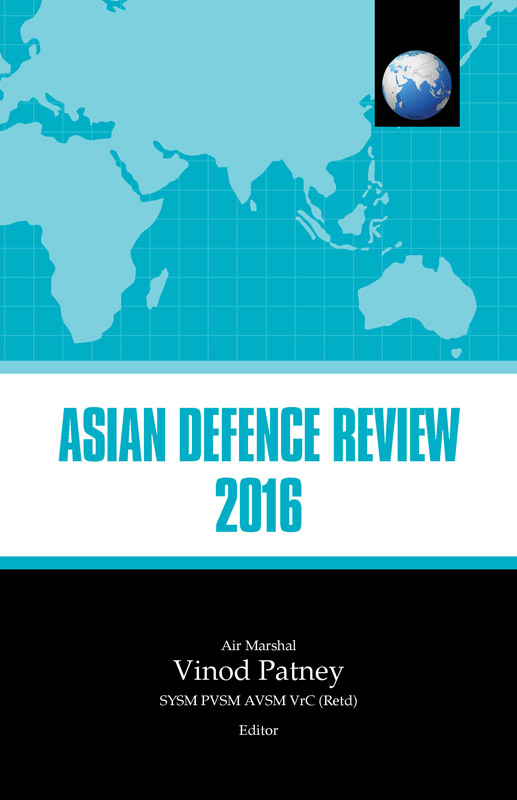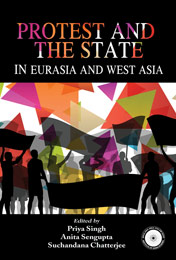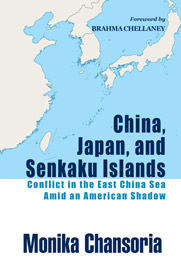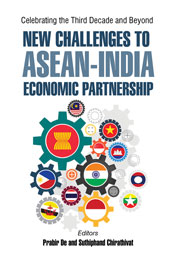Subjects
Asian Defence Review 2016
Vinod Patney
Last year, the war in Syria became a melee––the US, Russia, NATO, Saudi Arabia, Iran, Turkey, Lebanon and some others struggled to bring peace to the region. But each stakeholder hankered after a different end state––President Bashar al-Assad’s continuance in power became a contentious issue. In due course of time Syria and the Islamic State in Syria (ISIS) jumped the order of priorities for the US forces in the area. In importance, they have left behind the drawdown in Afghanistan, which has been back-burnered provisionally. As it appears, garnering the support of the countries of the region like India, Japan, South Korea, the Philippines, etc. to counter the rise of China, will continue to be high on the US agenda. Likewise, lifting of sanctions against Iran, following its rapprochement with the West will influence the world in many ways. The fallout of the testing of the hydrogen bomb by North Korea, the South China Sea imbroglio and Indo-Pak relations in the wake of the Pathankot terror strike too will cast their shadows on the geo-politics of the region in 2016.
Evading war and conflict in the prevailing environment is an effort; economic interests and geo-political compulsions make the choice of alignment difficult for peace-loving nations of the world. They are faced with the dilemma of evading armed conflicts. It requires a conscious and sustained effort to do so. In order to work towards such goals, it is necessary to look at the geo-political, security and military-related issues objectively. The Centre for Air Power Studies (CAPS) has been publishing the Asian Defence Review to fulfill this need.
This volume, a resource base for both the professional and general readers, is the ninth in the series under this title. It aims to add to the pool of information and knowledge in the current strategic discourse dealing with military strategy, defence, politics and trends in military capabilities that impact Asia. In particular, it covers some of the important issues related to India’s security environment, the Indian Air Force, cyber warfare, nuclear security, warfare technologies, export control regimes, Russia, China and Pakistan.


 Political Science
Political Science



